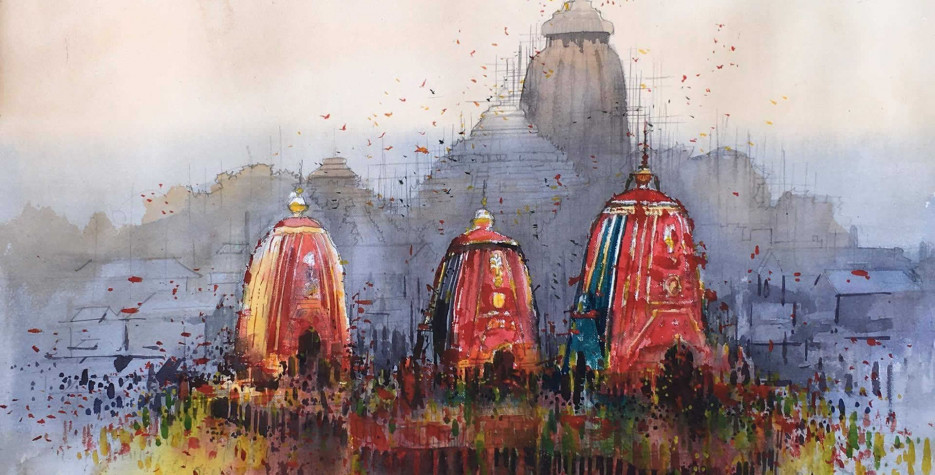When is Ratha Yatra?
Ratha Yatra is a regional holiday observed in Odisha, India. It is celebrated on Ashadha Shukla Paksha Dwitiya (second day after the new moon in the month of Ashadha). This means it is usually held in late June or early July, during the rainy season in Odisha.
This holiday involves large chariots being pulled through the streets to commemorate the annual journey of Lord Jagannath, his brother Lord Balabhadra, and their sister Subhadra to their aunt's temple, the Gundicha Temple, in Puri, Odisha.
History of Ratha Yatra
Ratha Yatra is the most popular and anticipated festival of the year in Odisha and means the festival (yatra) of the chariots (ratha).
The observance of the Ratha Yatra of Jagannath dates back to the twelfth century. Descriptions of the festival can be found in key Hindu texts such as Brahma Purana, Padma Purana and Skanda Purana.
Jagannath literally means 'Lord of the Universe' and is a deity worshipped in regional traditions of Hinduism and Buddhism in India and Bangladesh. Jagannath is considered a form of Vishnu by Hindus.
The idols of Jagannath, Balabhadra and Subhadra are usually worshipped in the sanctum of the Jagannath temple, but once a year during the month of Ashadha, they are brought out to travel three kilometres to the Gundicha Temple, in three huge chariots, drawn by hundreds of people.
In the past, it was not unknown for people to throw themselves under the wheels of the chariots to attain salvation.
The Juggernaut
The chariot for Jagannath is 14 metres (45 feet) high and 11 metres (35 feet) square. It takes about two months to construct. The artists and painters of Puri decorate the chariots in bright colours with religious motifs. The chariot of Jagannath is the etymological origin of the English word 'juggernaut'.
The chariots stay in the Gundicha Temple for a week before being brought back to the Jagannath Temple via the Mausi Maa Temple, where the deities are ceremoniously offered poda pitha, a kind of baked cake which is usually only eaten by the poorest in society.
Needless to say, the city of Puri grinds to a standstill on Ratha Yatra and a week later on the return journey.
Other Ratha Yatra festivals take place in other parts of India and also in Bangladesh, but Puri remains the oldest and grandest. Since the late 1960s, Ratha Yatra festivals have taken place in many cities across the globe, due to the promotion by the Hare Krishna movement.
The popularity of this Hindu festival is bolstered by followers of other religions who participate to get the blessings of Lord Jagannath.


